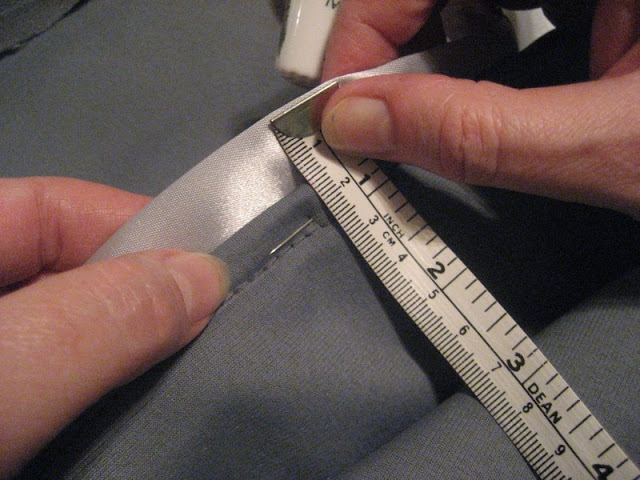A real pack and my cardboard one.
The battery packs look like they will clear the bonnet easily (heater blower is out again until this stuff is finalised).
The black tray mounts are made from 6mm steel. I haven't bolted the upper tray front mounts down yet - I'll use 10mm high tensile bolts/nuts.
This is the Front Battery tray right hand rear mount bolted to where the clutch master cylinder would have been in a manual. There is a strong plate on the cabin side of the firewall (shown in earlier posts about the refurbished brake pedal).
Front Battery tray front left hand mount.
The other side is a mirror image copy of this as the Vogue was shipped ready for left/right hand drive.
Left hand side in the engine bay.
Left hand side in the cabin - view of the firewall showing the 5mm steel reinforcing plate.
The four top battery packs (with tray) will weigh a total of 52kg so the tray (by law) must be able to stay in the car with a 20g forward force - over 1000kg.
10g in all other directions.
The battery packs sit on and are surrounded by 5mm neoprene strips and strapped in with 300kg rated camlock straps.
You can just see the radiator hole blocking 2mm aluminium plate on the left in this photo (the grey vertical slab) - it will be flat black so you won't know it hasn't got a radiator behind the grill.
The controller tray is the lower one and isn't bolted in yet.
I'll have to pull it all out again to finish the motor and battery wiring - kind of chicken and egg.
This weekend we will put the bonnet back on (I hope) and see if the AC controller on the lower tray will clear.
(Two pictures added 26/08/2011 to show left hand side reinforcing of battery mounting on firewall.)
(Two pictures added 26/08/2011 to show left hand side reinforcing of battery mounting on firewall.)



































